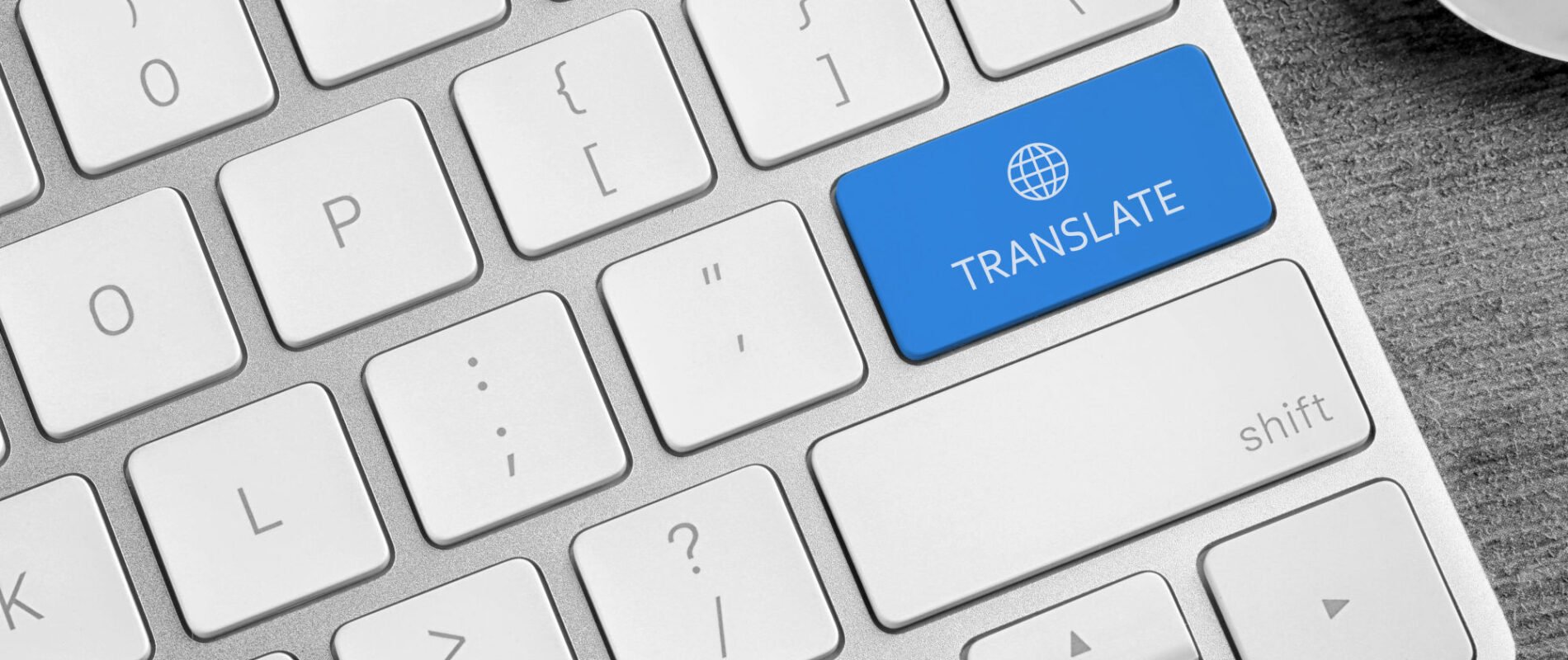Patent translation is a specialized service with rising demand and costs. As one market study shows, global patent translation services were valued at about $212 million in 2024, and the average cost can be quite high – on the order of $0.25 per word. Given these figures, new technologies that promise cost savings and efficiency naturally attract attention. Blockchain technology has emerged in discussions of blockchain translation pricing and decentralized translation platforms. For translation procurement teams, the question is whether these innovations can truly cause a patent translation market disruption.
How Blockchain Applies to Translation
Blockchain-based translation platforms operate like a global peer-to-peer network. Every translation event – who does it, when, and how – is immutably recorded on the shared ledger. This “proof of translation” audit trail is especially appealing for regulated content like patents, where knowing exactly who handled which text adds trust. Smart contracts on the blockchain automate payments and conditions. For example, a client can lock funds into a contract that releases payment automatically once the translator submits the completed work.
Platforms like Kleros’s Linguo put these ideas into practice. Linguo’s interface lets clients post jobs with source and target languages, a deadline, and a min/max price. Qualified translators can browse open tasks and claim them in a ‘trustless’ marketplace. Linguo’s pricing “rises linearly” from the minimum to the maximum over time. Buyers pay the maximum upfront; once a translator accepts the job, the contract returns any excess funds. The creators note that this yields the advertised benefits of “fair pricing, high quality and quick turnaround”. These mechanics illustrate how decentralized translation platforms can operate without traditional bidding or fixed quotes.
Potential Benefits of Decentralized Platforms
Decentralized blockchain platforms promise several advantages:
Lower Costs: By cutting out agencies, decentralized networks can undercut traditional rates. Industry commentary observes that such systems “eliminate the middleman,” meaning translators are paid directly and “clients pay less for the service”.
Greater Transparency and Trust: Blockchain’s transparent ledger means every project step is recorded. Clients can verify a translator’s history on-chain, helping build confidence in the work.
Faster Payments: Smart contracts allow near-instant payment upon delivery. Funds held in escrow by the contract are automatically released, avoiding slow invoicing or bank transfers.
Flexible Pricing: Some platforms use dynamic or auction-like pricing. For example, Linguo’s system lets market demand set the final rate within a client’s range, incentivizing translators to meet deadlines. This flexible model can achieve “fair pricing” and quick turnaround.
Global Reach and Speed: A decentralized marketplace connects translators worldwide. This expanded pool of talent can lead to faster job fulfillment and 24/7 coverage, benefiting urgent patent tasks.
These potential benefits – lower fees, verifiable provenance, and automated workflow – are exactly why proponents highlight blockchain for translation.
Risks and Challenges
However, several important caveats remain:
Quality Assurance: Patent translation requires specialist expertise. Decentralized platforms may lack the rigorous quality control of established agencies. While some systems include on-chain dispute mechanisms (e.g. allowing a buyer to challenge a poor translation and trigger arbitration), these add friction and may not catch every error. Industry experts warn that without careful oversight, “poor translations can lead to inconsistencies, misinterpretations, and enforcement challenges”.
Professional Oversight: Traditional patent work often involves certified translators, style guides, and legal vetting. A decentralized network might struggle to enforce these standards. As one report notes, human review is “essential for ensuring linguistic precision” in patent filings. Without such oversight, costly mistakes could slip through.
Confidentiality and Compliance: Patent documents are sensitive. Posting them on a public blockchain requires strong encryption or private channels to protect secrets. Additionally, many jurisdictions have strict rules (e.g. requiring certified patent translators) that a new platform would need to address.
Blockchain Scalability: Current public blockchains have limited throughput. As one analysis points out, today’s networks “are not able to handle the large number of transactions” a busy translation marketplace might generate. High fees or delays in transaction processing could negate some speed advantages.
Currency Volatility and Regulation: Blockchain platforms often use cryptocurrencies. Price swings in crypto could complicate payments. Additionally, financial regulations around digital tokens may pose compliance hurdles for corporate users.
Comparing Pricing Models
Traditional patent translation agencies typically quote fixed per-word rates (for example, around $0.25 per English word in some analyses). Decentralized platforms propose alternatives. In practice, some have used auction models. For instance, one test translation on Linguo settled at about $144 total (roughly $0.12 per word), far below industry norms. While blockchain translation pricing can drive rates down, buyers must consider the trade-off: will the lower cost mean sacrificing translator expertise or consistency?
Future Outlook (3–5 Years)
In the near future, blockchain is likely to augment existing workflows rather than replace them. Large firms may pilot blockchain features – such as tamper-proof logs of translator credentials or automated milestone payments – while still relying on human experts for final review. Analysts expect a hybrid model: leveraging specialized tools with expert validation.
Over the next 3–5 years, we will likely see pilot projects and incremental innovation. Tech-savvy clients or smaller projects might test decentralized platforms to reduce costs. However, mission-critical patent filings will continue to depend on established processes and trusted linguists. The broad patent translation market disruption envisioned by early blockchain advocates may remain elusive in the short term. Instead, expect gradual integration – for example, blockchain-backed proof of authenticity or automated payment milestones into existing workflows.
Conclusion
Blockchain introduces powerful capabilities – immutable record-keeping, automated payments, and token incentives – that can reduce middlemen and speed workflows. In theory, this can lower costs and increase trust. In practice, however, the specialized nature of patent translation means traditional professionals and review processes remain crucial. For now, decentralized platforms are an intriguing complement rather than a wholesale replacement. A true patent translation market disruption is probably still years away.
Artlangs Translation remains a reliable partner for patent translation, blending a team of experienced linguists with forward-looking processes. We embrace new tools while ensuring the high-quality, trustworthy service clients expect. In a changing market, you can count on Artlangs for consistent, professional expertise.











